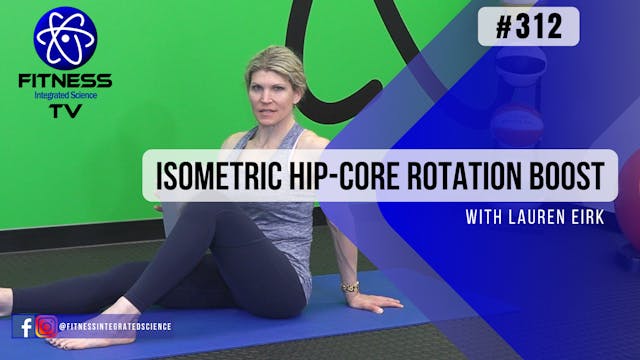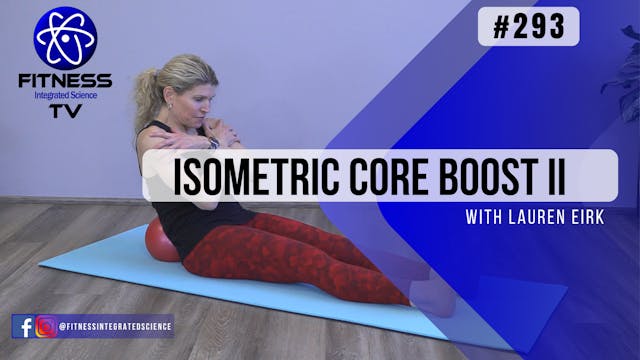Pelvic floor dysfunction is the inability to correctly relax and coordinate your pelvic floor muscles. When we strain, it puts pressure on this region. As we age, these muscles can become weak due to childbirth, standing for long periods of time, heavy lifting, straining to defecate, and some sports.
In this video, learn how to subtly engage these muscles on purpose when sitting, laying down, breathing, and exercising. Take the time to practice these exercises daily, with diaphragmatic breathing and abdominal bracing. A Pilates ring is used in this video as a resistance tool, but a small ball, pillow, or elastic band can be substituted.
Some causes of pelvic floor dysfunction include: Traumatic injuries to the pelvic area (like a car accident), pregnancy, overusing the pelvic muscles that eventually leads to poor muscle coordination, pelvic surgery, being overweight, and aging. Symptoms include: frequently needing to use the bathroom, constipation, straining pain during your bowel movements, leakage, painful urination, and lower back, genital, or rectal pain.
Purchase products on Amazon:
Yoga Mat: https://amzn.to/2ZDSMrH
Pilates Ring: https://amzn.to/32neu4Z
20220516_01_Final
Up Next in Core
-
Video 312 | Isometric Hip-Core Rotati...
If you need a quick boost, this 15-minute bodyweight routine will help you strengthen core muscles and help give you improved spinal stability using a series of rotation-based isometric exercises for the hip and spinal joints. We will use Yoga blocks for resistance in a few of the exercises.
T...
-
Video 310 | Isometric Hip and Core Bo...
If you need a quick boost, this 15-minute bodyweight routine will help you strengthen core muscles and help give you improved spinal stability using a series of flexion-based isometric exercises for the hip and spinal joints. This is an equipment-free workout, so you will use your hands for resi...
-
Video 293 | Isometric Core Boost II (...
If you need a quick boost, this 15-minute bodyweight workout will help you strengthen core muscles and help give you improved spinal stability using a series of flexion-based isometric exercises using the mini ball.
Think of this as a preparation to exercise! Remember that you are only as good ...




4 Comments